Home>Ideas and Tips>Balance And Zen In Asian-Inspired Interiors
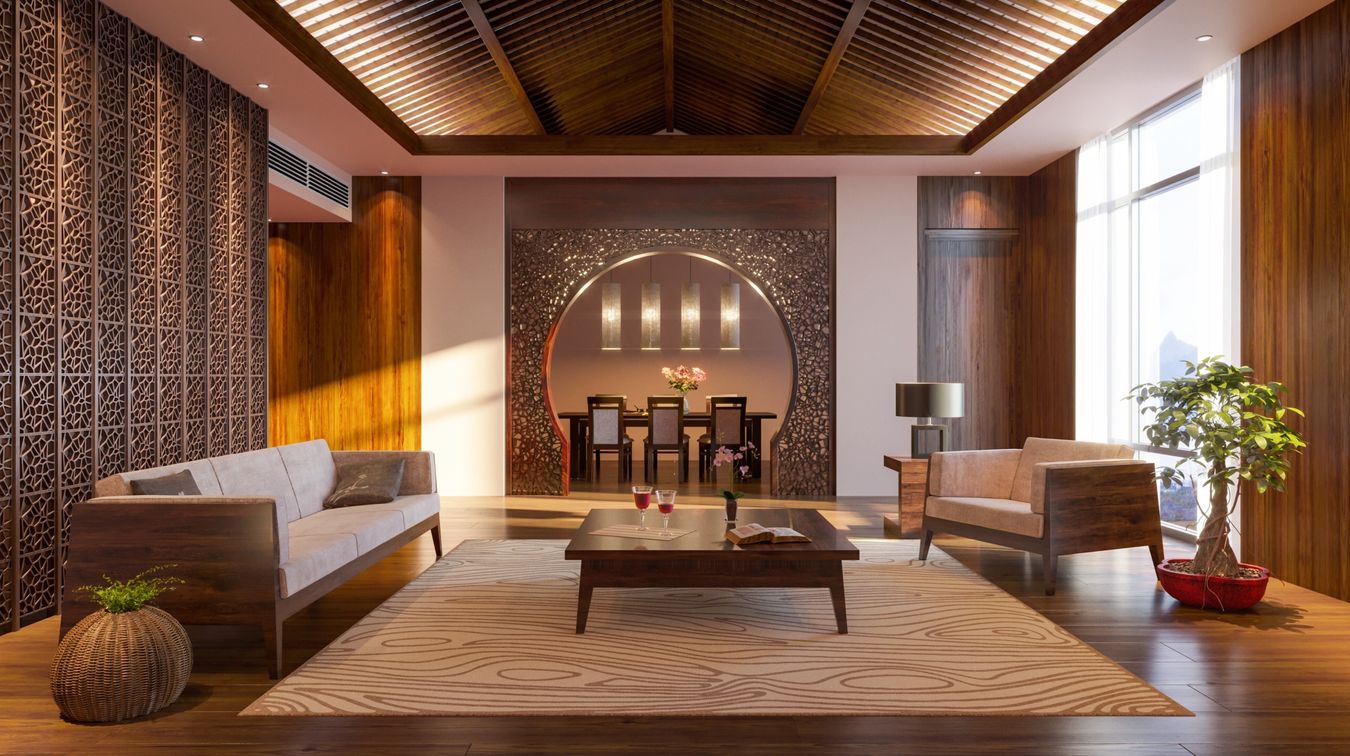

Ideas and Tips
Balance And Zen In Asian-Inspired Interiors
Modified: October 28, 2024
Discover how to create serene and balanced living spaces with Asian-inspired interiors, emphasizing simplicity, nature, and mindfulness.
(Many of the links in this article redirect to a specific reviewed product. Your purchase of these products through affiliate links helps to generate commission for Storables.com, at no extra cost. Learn more)
In today's fast-paced world, finding peace and tranquility in our living spaces is more crucial than ever. The concept of Zen, rooted in Buddhism, emphasizes simplicity, mindfulness, and harmony with nature. Asian-inspired interior design seamlessly integrates these principles to create serene and balanced environments that promote inner calm and well-being. This article will delve into the key characteristics of Asian Zen interior design, providing practical tips and inspiration for creating a tranquil retreat in your home.
The Origins of Asian Zen Interior Design
Asian Zen interior design is deeply rooted in the principles of Zen Buddhism, which originated in China and later flourished in Japan. The philosophy of Zen emphasizes meditation, mindfulness, and living in harmony with nature. This spiritual approach to life translates beautifully into interior design, where simplicity, natural elements, and balance are paramount.
The design style draws heavily from traditional Japanese and Chinese interior design principles. It incorporates elements such as tatami mats, floor cushions, and low-slung chairs, which are characteristic of traditional Japanese rooms. The influence of Japanese Zen gardens and Chinese Feng Shui practices is also evident in the emphasis on harmony and natural elements.
Key Characteristics of Asian Zen Interior Design
-
Minimalism
- At the core of Asian Zen-inspired design lies minimalism. This approach involves decluttering your surroundings and focusing on essentials. Rather than overcrowding your space with numerous decorative elements, you should aim for clean lines, uncluttered surfaces, and a harmonious blend of form and function.
-
Nature as a Source of Inspiration
- Asian-inspired design draws heavily from the natural world. Incorporating elements such as bamboo, stone, water, and plants into your space can infuse it with an organic and soothing ambiance. Indoor plants not only purify the air but also create a connection with nature, promoting a calm and serene atmosphere.
-
The Art of Simplicity
- Asian design aesthetics emphasize simplicity and the beauty of imperfection. Traditional Japanese concepts like wabi-sabi celebrate the beauty of natural materials, handcrafted objects, and the passage of time. Consider incorporating handmade ceramics, rustic wooden furniture, or art pieces that embrace imperfections and create a sense of serenity through their simplicity.
-
Harmonizing Colors and Textures
- While it is essential to draw inspiration from Asian design, infusing your space with personal touches is equally important. Display cherished mementos, artwork, or objects that hold deep meaning for you. The key is to strike a balance between the aesthetics of Asian-inspired design and your own personal style, creating a space that resonates with your individuality and evokes a sense of serenity that is uniquely yours.
-
Creating Balance through Feng Shui
- Feng Shui, the ancient Chinese practice of harmonizing energy in the environment, can greatly enhance the Zen zone experience. Consider incorporating Feng Shui principles by arranging furniture in a way that promotes balance, using mirrors strategically to reflect light and open up space, and paying attention to the placement of elements to optimize energy flow.
-
Incorporating Zen-Inspired Furniture and Decor
- To fully immerse yourself in the Zen zone, select furniture and decor that reflect Asian-inspired interior design aesthetics. Look for low-profile furniture with clean lines, such as tatami mats, floor cushions, or low-slung chairs. Minimalist shelving units and storage solutions can help maintain an organized and clutter-free space.
-
The Power of Scent
- Scent has a profound impact on our mood and well-being. Consider using natural scents like sandalwood, jasmine, or lavender to create a calming and peaceful atmosphere in your Zen zone. You can utilize essential oils, scented candles, or incense to infuse the space with a soothing fragrance that enhances relaxation and mindfulness.
-
Creating a Mini Zen Garden Retreat
- If space allows, consider creating a mini Zen garden retreat as a focal point in your Zen zone. Utilize sand, stones, and carefully arranged plants to create a miniature landscape that evokes a sense of calm and contemplation. Raking patterns in the sand can be a meditative practice, allowing you to find peace and serenity in the process.
Choosing a Natural Palette
When designing an Asian Zen-inspired space, it is crucial to choose a natural palette that enhances the sense of calmness and balance. Neutral colors such as soft whites, beiges, and grays provide a calming backdrop. Earthy hues like shades of brown, green, and muted blues evoke nature and tranquility. Accent colors such as deeper tones like deep greens, blues, or blacks add depth and contrast without overwhelming the space.
Incorporating Natural Elements
Natural elements are essential in Asian Zen interior design. Plants are particularly important as they add life and vitality to the space while improving air quality and creating a calming effect. Popular species for this style include bonsai trees, bamboo plants, and succulents. Rocks or pebbles and water features can also help you relax while feeling connected to the outdoor world. Creating a rock garden or a sand raking table can be an excellent way to bring nature indoors.
Using Natural Light
Natural light is vital in Asian Zen interior design. Large windows, skylights, and other features that allow natural light to enter the space create a sense of openness and connection to the outdoors. Natural light also highlights the natural materials used in this style, making the space feel more authentic and organic.
Read more: Nature-Inspired Biophilic Interior Design
Maintaining a Minimalist Approach
Asian Zen interiors are minimalist by nature. This means getting rid of clutter and simplifying the space. A minimalist approach allows you to focus on what's important, creating a sense of calm and tranquility in your home or office. Start your Asian Zen journey with a meaningful declutter. Go through each of your objects and ask yourself whether or not it sparks joy. If it doesn’t, it probably doesn’t belong in your minimalist Zen home.
Choosing Streamlined Furniture
Another way to maintain this minimalist feel while avoiding a cluttered look is to stick to furniture with clear and simple lines. Avoid ornate and distracting details. Instead, prioritize fewer but higher-quality pieces made of wood or other natural materials. Japanese-style low-to-ground furniture is an immediate giveaway of Asian Zen interiors. It helps maintain your room’s visual flow without interruptions while encouraging you to feel more grounded. For example, the iconic platform bed is a popular choice in Zen homes.
Creating Special Zones
Asian Zen interiors often feature special zones created using screens and room dividers. These elements help define different areas within the space while maintaining an open and harmonious layout. This approach ensures that each area of the room contributes to the overall sense of balance and tranquility.
Practical Tips for Creating an Asian Zen-Inspired Space
-
Start with a Decluttered Space
- Begin by decluttering your space. Remove any items that do not bring you joy or serve a purpose. This will help you focus on what truly matters and create a sense of calm.
-
Select Natural Materials
- Choose furniture and decor made from natural materials like wood, bamboo, and stone. These elements bring warmth and authenticity to your space while connecting you with nature.
-
Incorporate Plants
- Plants are essential in Asian Zen interiors. They add life and vitality to the space while improving air quality and creating a calming effect. Popular species include bonsai trees, bamboo plants, and succulents.
-
Use Natural Light
- Make the most of natural light by using large windows, skylights, or other features that allow sunlight to enter the space. This creates a sense of openness and connection to the outdoors.
-
Embrace Minimalism
- Embrace minimalism by focusing on clean lines and uncluttered surfaces. Avoid ornate details and prioritize fewer but higher-quality pieces that enhance the sense of balance and tranquility.
-
Create Special Zones
- Use screens and room dividers to create special zones within your space. This helps define different areas while maintaining an open and harmonious layout.
-
Incorporate Water Features
- Water features like indoor fountains or aquariums can create tranquility and mimic the natural environment. These elements add depth and serenity to your space.
-
Utilize Scent
- Use natural scents like sandalwood, jasmine, or lavender to create a calming atmosphere. Essential oils, scented candles, or incense can infuse the space with a soothing fragrance that enhances relaxation and mindfulness.
-
Create a Mini Zen Garden
- If space allows, create a mini Zen garden retreat as a focal point in your space. Utilize sand, stones, and carefully arranged plants to create a miniature landscape that evokes calmness and contemplation.
Read more: Nordic-Inspired Interiors For Simple Living
Conclusion
Designing an Asian Zen-inspired space is not just about aesthetics; it is about creating a holistic experience that nurtures your well-being and cultivates a sense of tranquility in your daily life. By embracing minimalism, incorporating natural elements, harmonizing colors and textures, and fostering mindfulness, you can transform your living space into a sanctuary of peace and serenity. Whether you are looking to create a traditional or modern Asian Zen-inspired environment, the principles outlined above will guide you towards achieving balance and tranquility in your home.
In today's world where technology dominates our lives, finding peace in our living spaces is more crucial than ever. By incorporating Asian Zen interior design principles into your home or office, you can create a space that not only looks beautiful but also promotes inner calm and well-being. So why not start your journey towards creating an Asian Zen-inspired space today?
Was this page helpful?
At Storables.com, we guarantee accurate and reliable information. Our content, validated by Expert Board Contributors, is crafted following stringent Editorial Policies. We're committed to providing you with well-researched, expert-backed insights for all your informational needs.
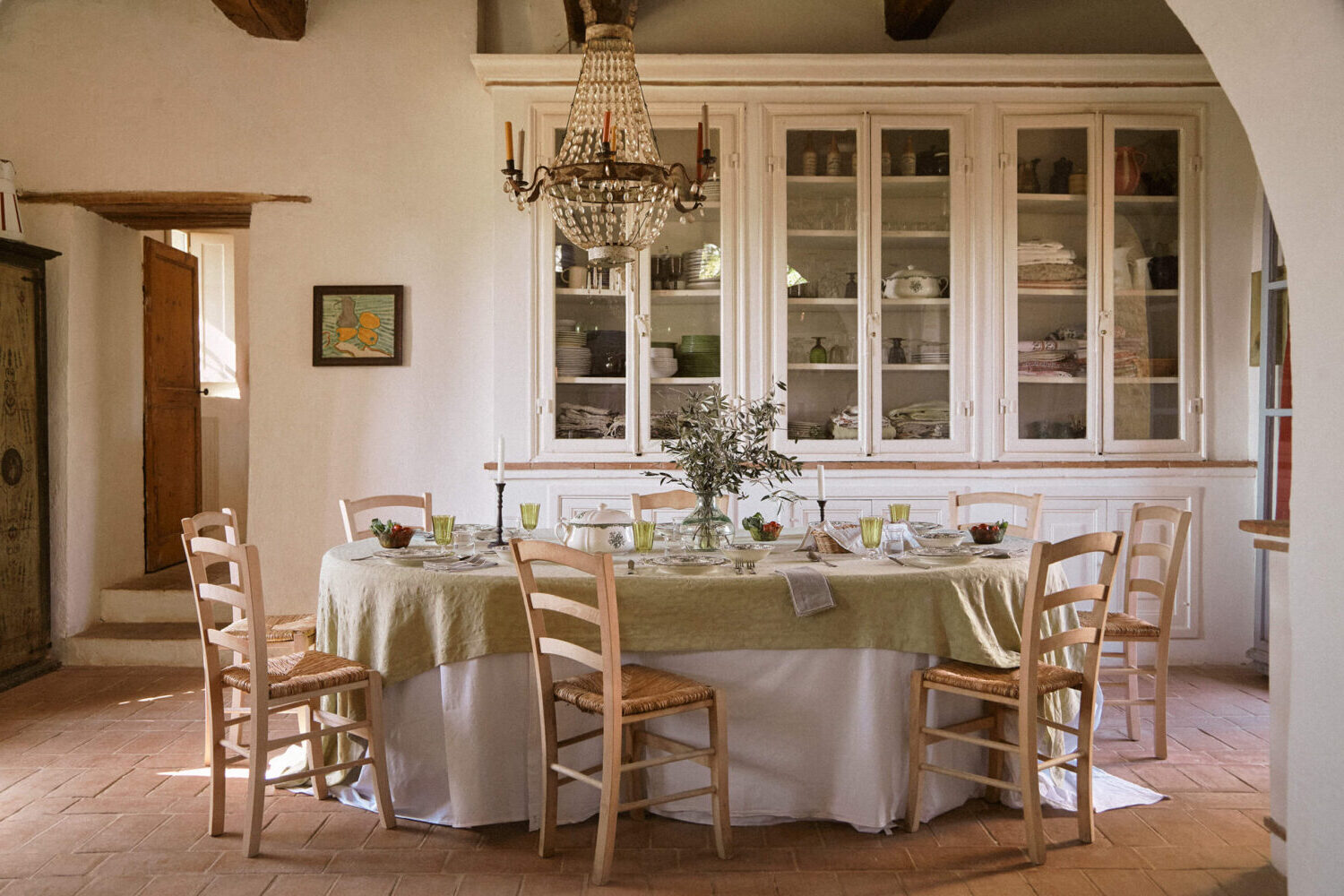
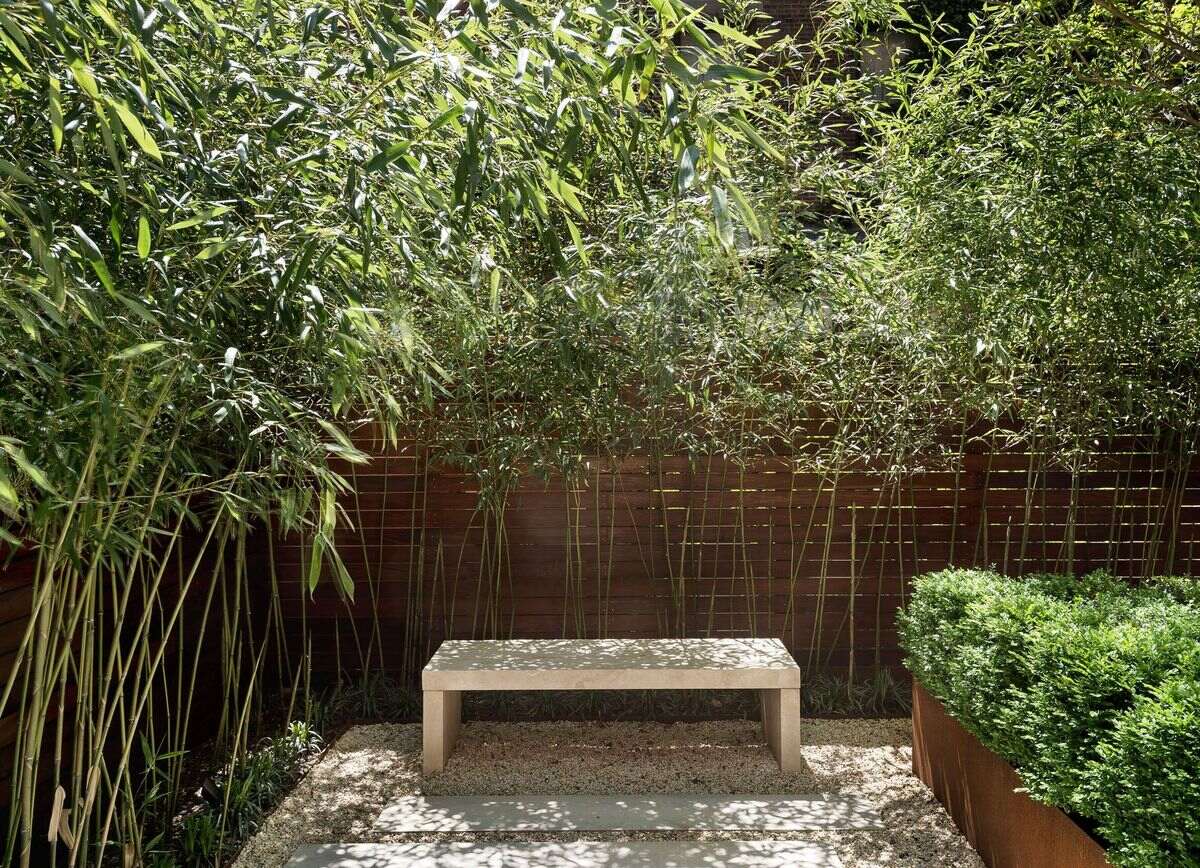
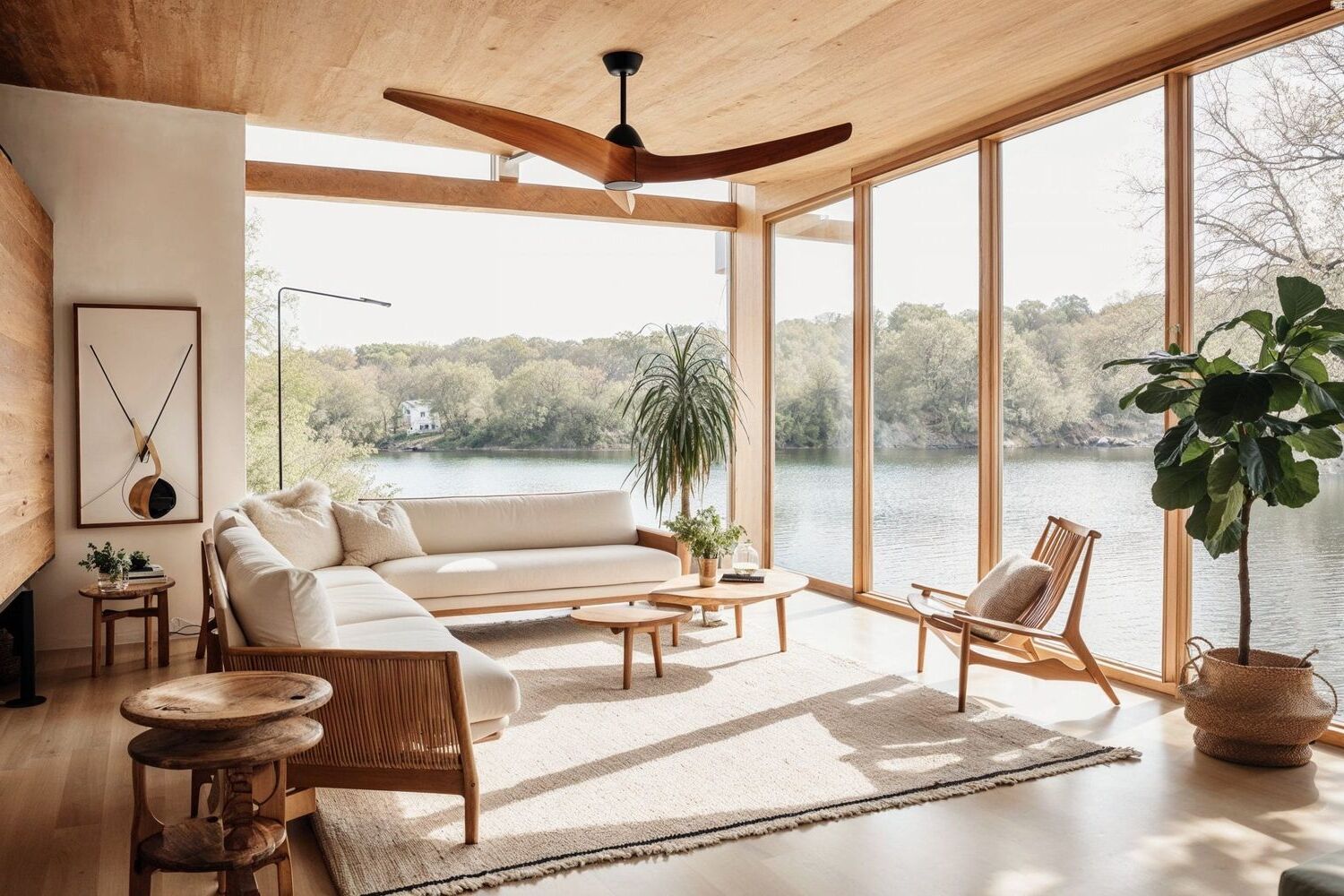
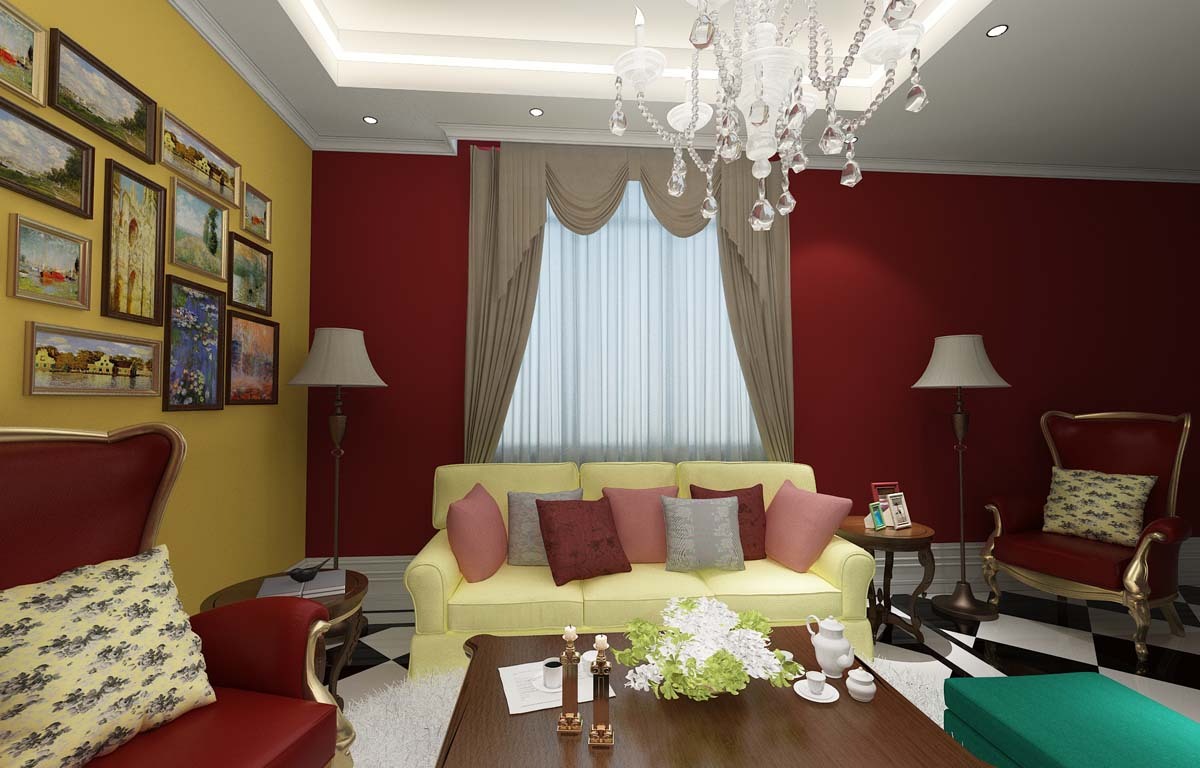
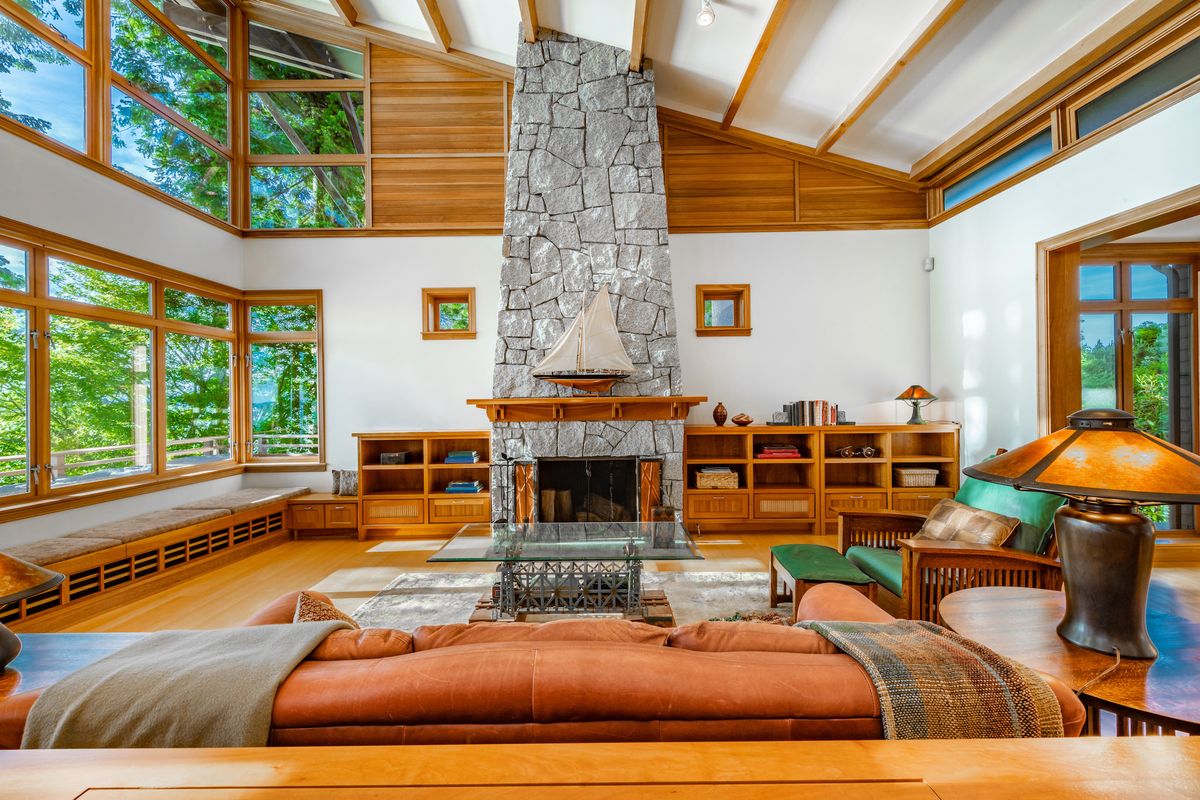
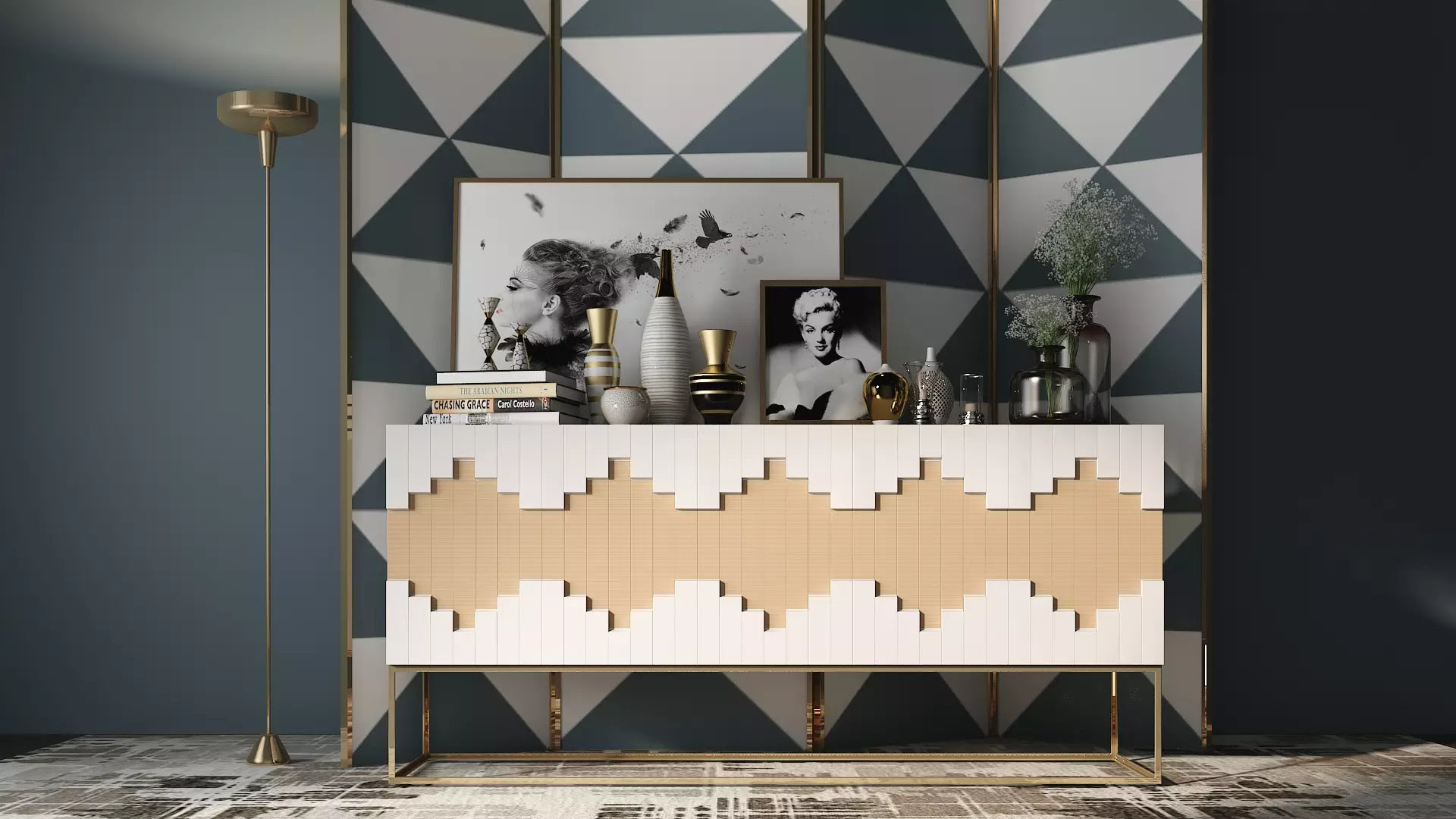
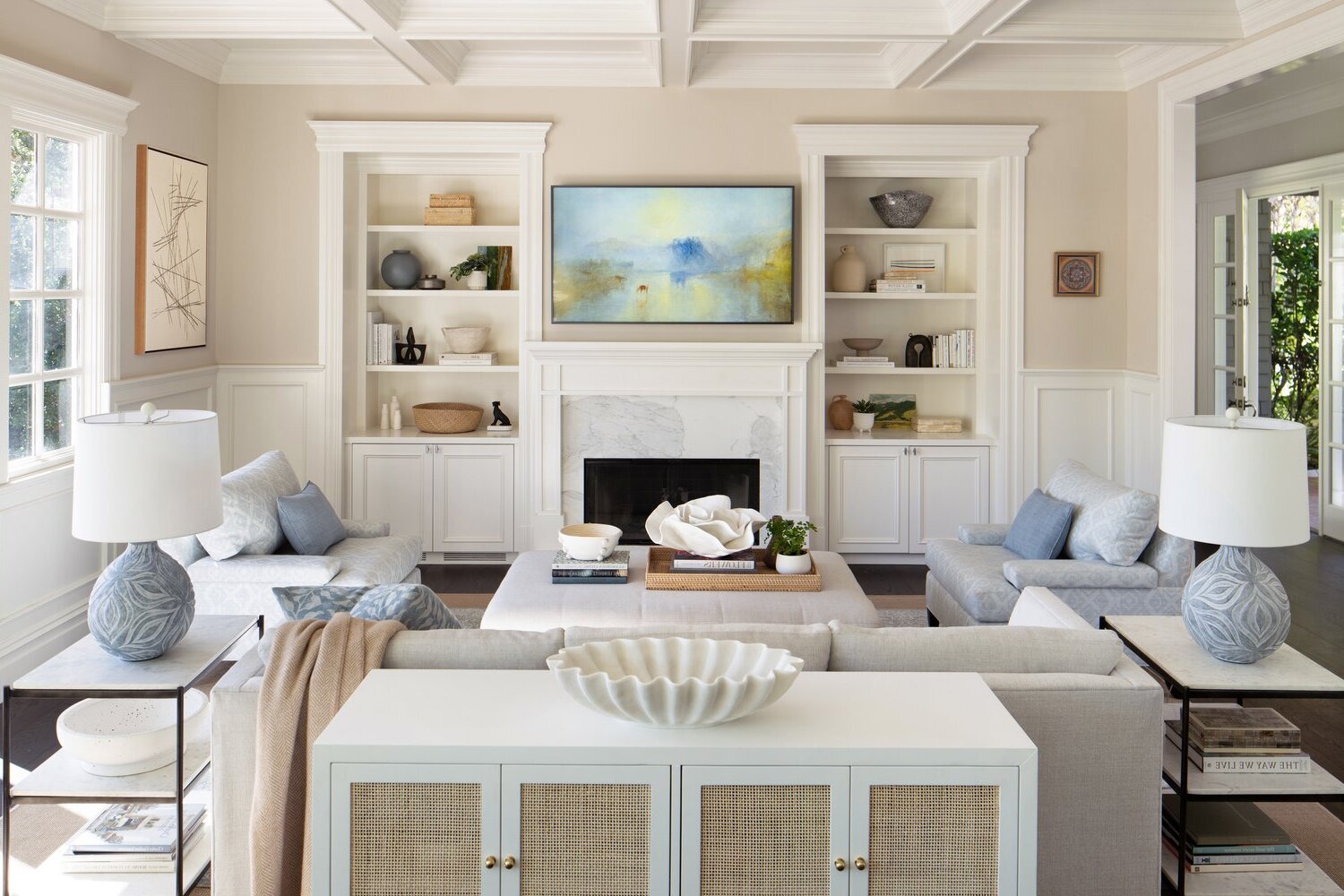

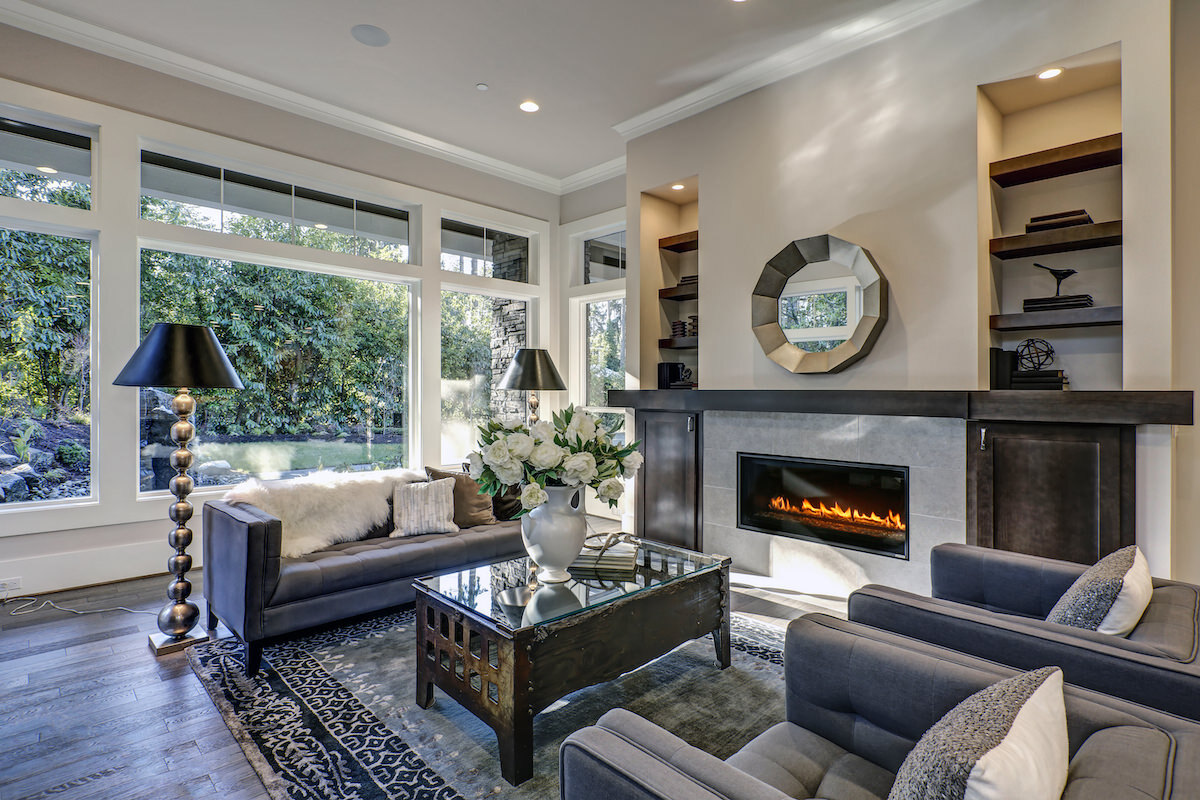
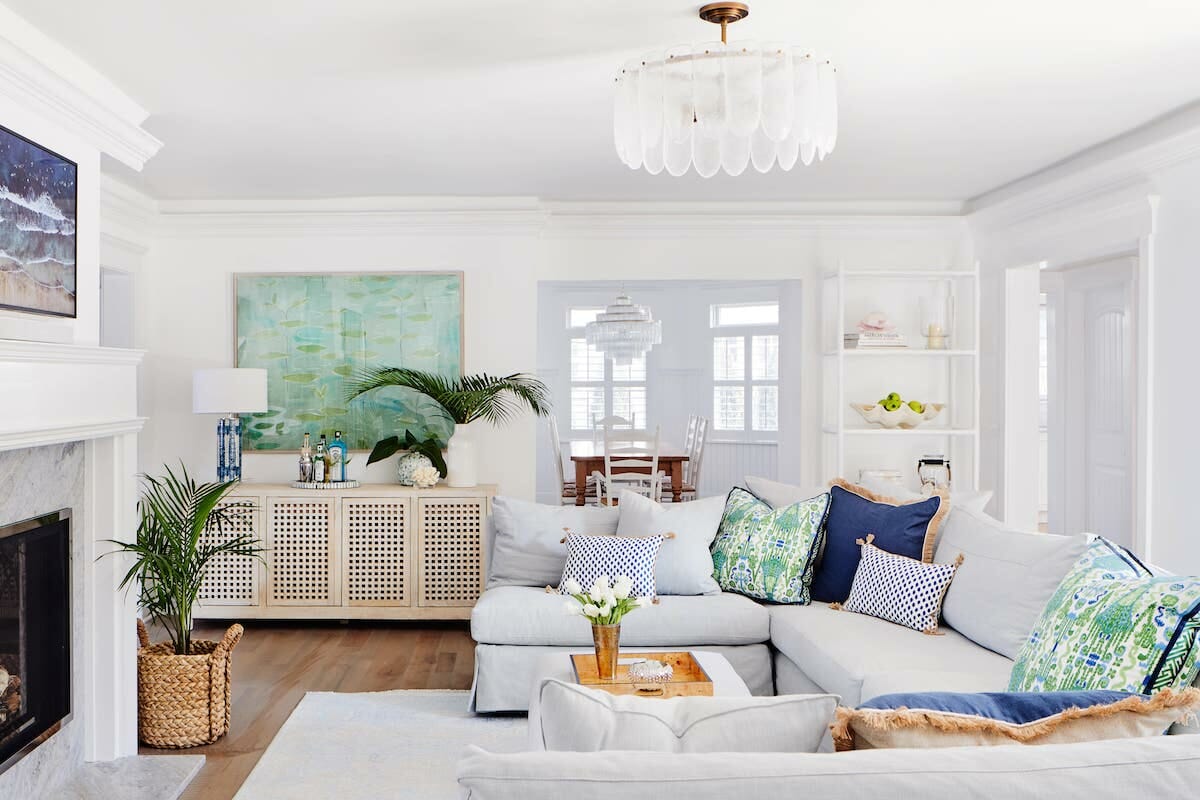
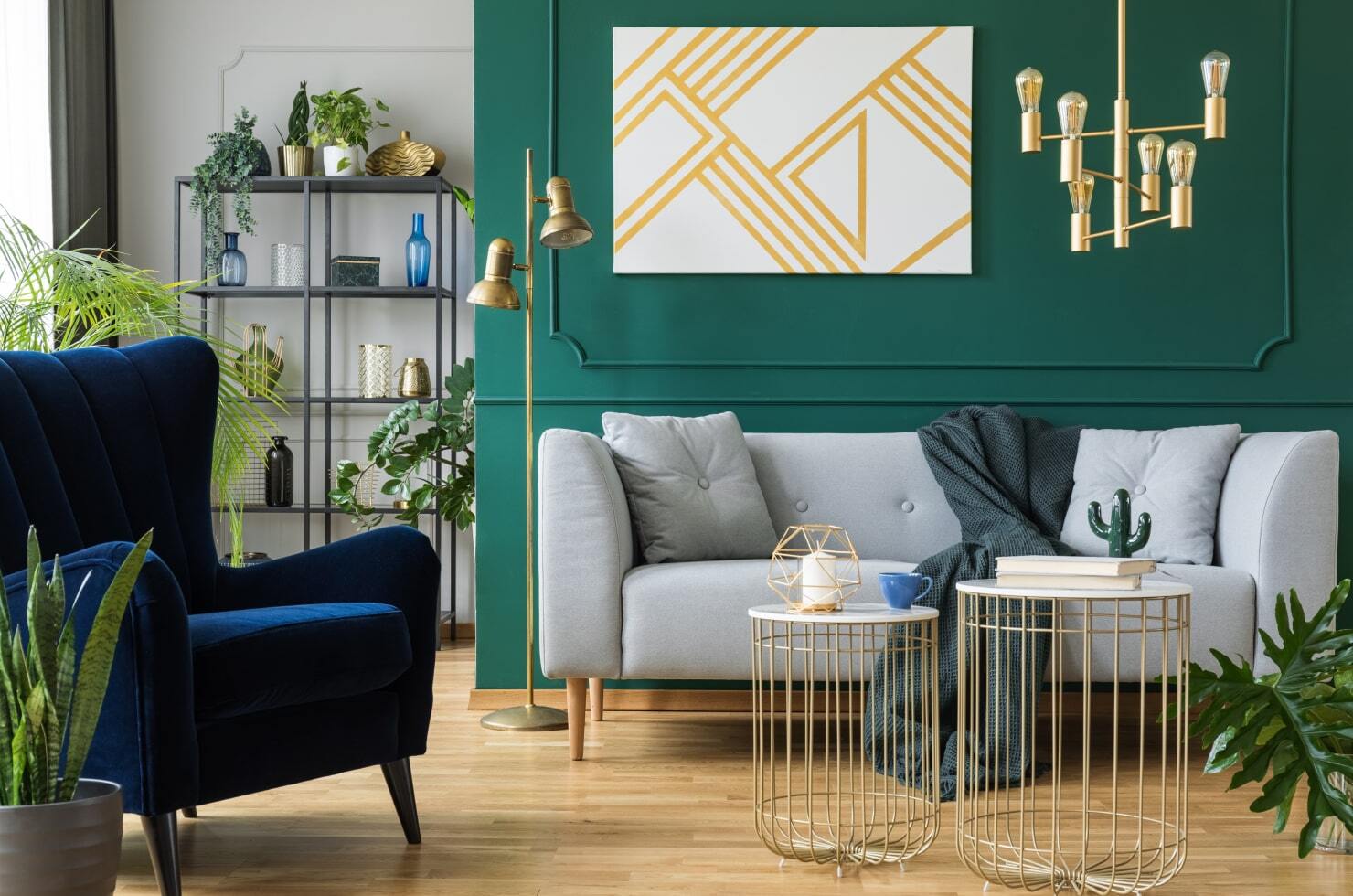

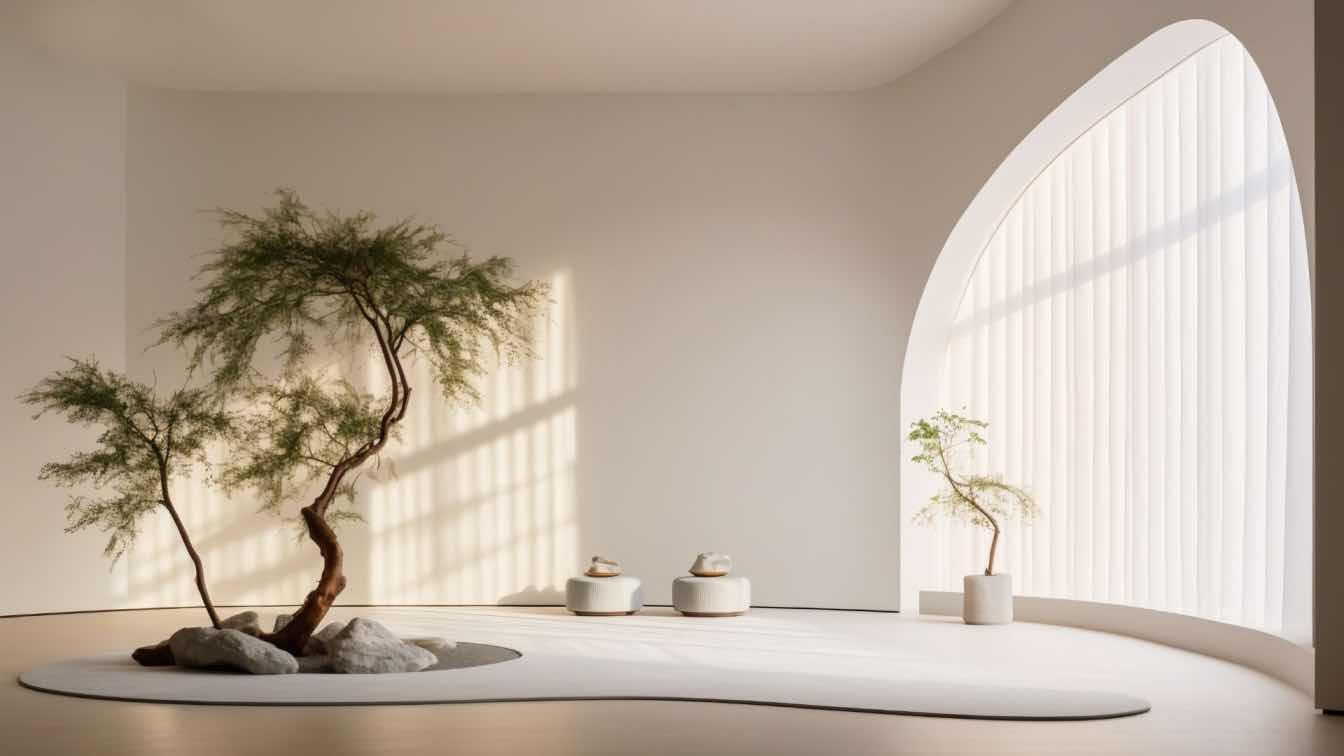

0 thoughts on “Balance And Zen In Asian-Inspired Interiors”